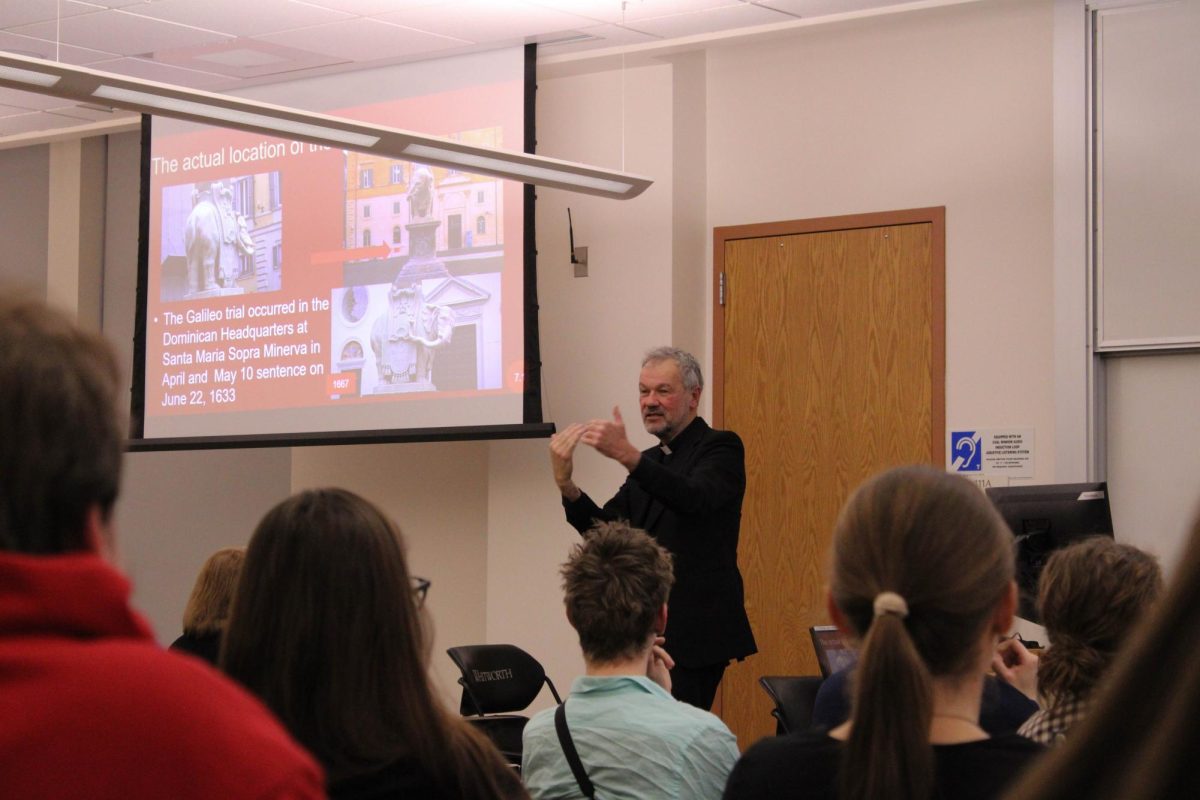As a religious institution, Whitworth has a culture that sets expectations for many things in students’ lives.
The culture can affect how students made important life decisions, such as whether to move in with their significant others before marriage.
The decision to cohabit is a big deal regardless of one’s community and is a decision that ultimately comes down to what the particular couple deems as most important to their relationship.
Some students at Whitworth have chosen to move in with their significant others, while others have chosen to wait to live together. Couples cite a variety of influences that helped determine their decisions.
Senior Jessica Dahm and her fiancé, for example, chose not to live together before being married.
Engaged since December, the couple’s main reason for the choice was distance — Dahm’s fiancé Brock Rule attends the University of Idaho.
Such distance made the discussion impractical during the school year, Dahm said.
During the summer, living together was a very real option for the couple, Dahm said. However, the two decided against the idea.
“We talked about it, then I talked to my parents and got advice from my friends,” Dahm said. “It was definitely an option; we just decided it wasn’t the best thing.”
For Dahm and Rule, several things played into their decision to live apart, even during the summer. Among those were religious reasons.
“I think it definitely it does [play a part], just because of what we were taught,” Dahm said. “We made a choice based on what we believe in.”
While Dahm and her fiancé decided that living together before marrying was not for them, other Whitworth-connected couples make a different decision.
Freshman Cody Arnold and his fiancée Peyton Puryear are one such couple.
Arnold and Puryear have lived together since early February. They made the decision to move into an apartment together after months of careful discussion, Arnold said.
“When we first started the discussion there was a lot of talking about pros and cons,” Puryear said. “We talked about who else will be affected by that decision. We didn’t want to be selfish in it.”
Moving in together was the most financially practical option for the couple, Arnold and Puryear said.
Additionally, both Arnold and Puryear said they wanted the ability to spend more time together. Living in the same home has allowed the couple to achieve that goal.
Moving in together wasn’t a necessary step to keep their relationship moving forward, both Puryear and Arnold said.

However, living together has allowed Arnold and Puryear to practice facing more serious trials than they had before cohabiting, Puryear said.
Arnold agreed, stating that he believed most couples would have gone their separate ways within the first few weeks of what they experienced.
In light of that realization, both Arnold and Puryear strongly caution couples contemplating cohabitation.
“It’s not a step that I’d recommend to any couple,” Arnold said, stressing that cohabitation can easily tear apart a relationship if the couple does not handle the move correctly.
Deciding to move in with a significant other must be largely based on one’s own relationship and experiences, and the best course of action will vary from couple to couple, Puryear said.
Cohabitation in the United States has seen a drastic increase, with more than 15 times the number of couples moving in together before marriage now than in the 1960s, according to the New York Times.
In addition to opinions from family and friends, young people considering cohabiting before marriage also often contend with widely available expert opinions. Experts exist on both sides of the issue.
Many experts — ranging from online advice columns authors to writers at The New York Times and Huffington Post to administrators of popular dating sites such as eHarmony — have advice about cohabitation before marriage, with strong opinions on both sides of the fence.
Many experts cite financial practicality, testing for compatibility and being the natural next step in a serious relationship as benefits of cohabitation before marriage.
Those experts who argue against the notion cite divorce rates and religious doctrine as arguments for living apart until after tying the knot.
Studies have linked increased divorce rates with both cohabiting and not cohabiting, making the decision less a matter of science than a matter of individual choice.
One thing many researchers have agreed on, however, is the idea of “deciding, not sliding.” “Sliding” refers to the couple that is “practically living together anyway,” and so therefore see no reason not to make the move-in official.
However, experts argue that type of tepid decision-making process can lead to a tepid relationship as well, and an awkward situation if the relationship ends.
Like any part of a relationship, it’s important that boundaries and expectations are as clear as possible.
Both Dahm and Rule and Arnold and Puryear exemplify making an active decision on the topic.
For Dahm and her fiancé, the benefits of living together — especially for only a small period of time — were not enough to move forward with the moving in together.
For Arnold and Puryear, the advantages of cohabitation outweighed any drawbacks or risks they may have encountered.









Ana • May 7, 2014 at 11:22 pm
Good article, but would be great to see coverage and art about couples at Whitworth that isn’t completely heteronormative. It simply doesn’t represent Whitworth’s demographic! Queer couples face similar problems.